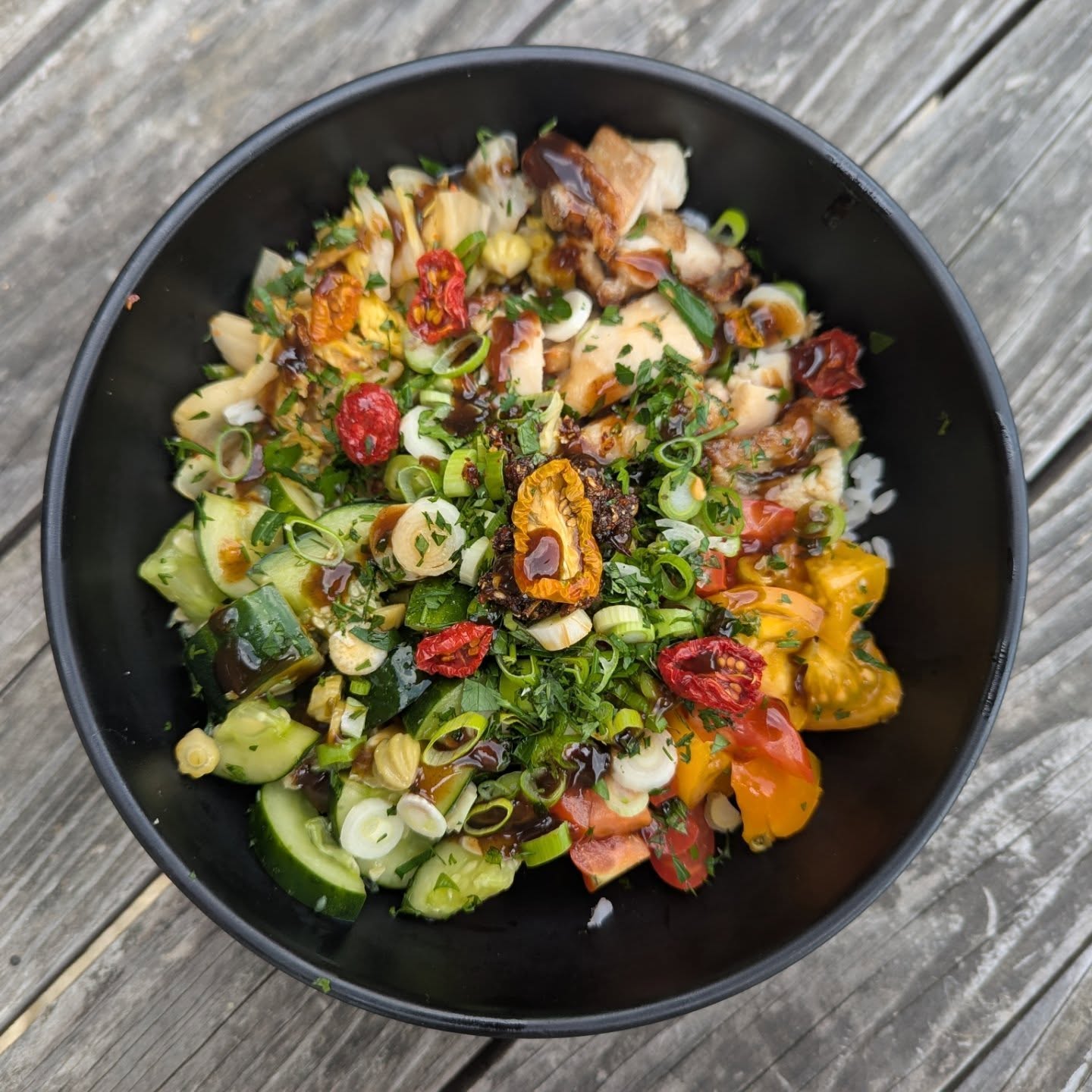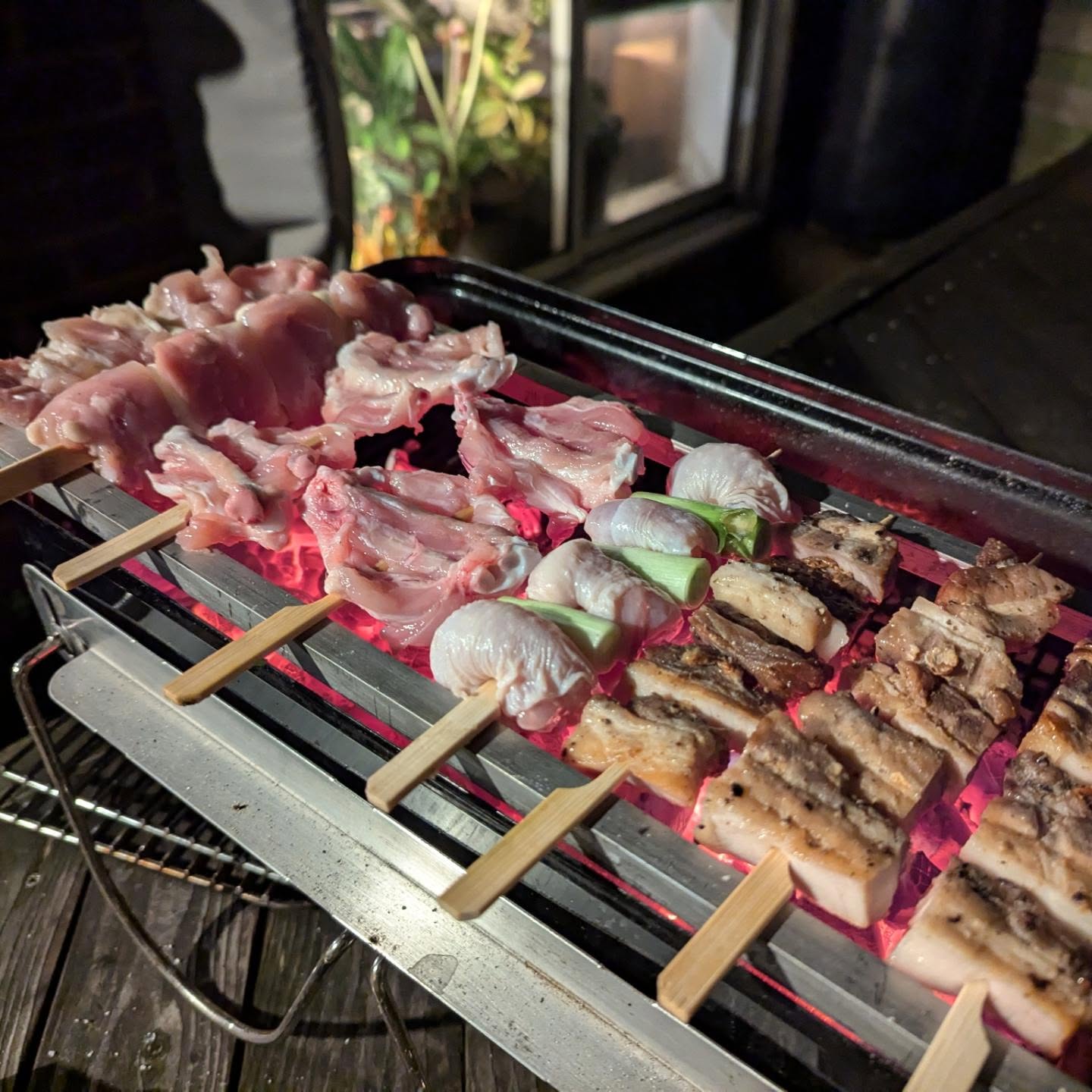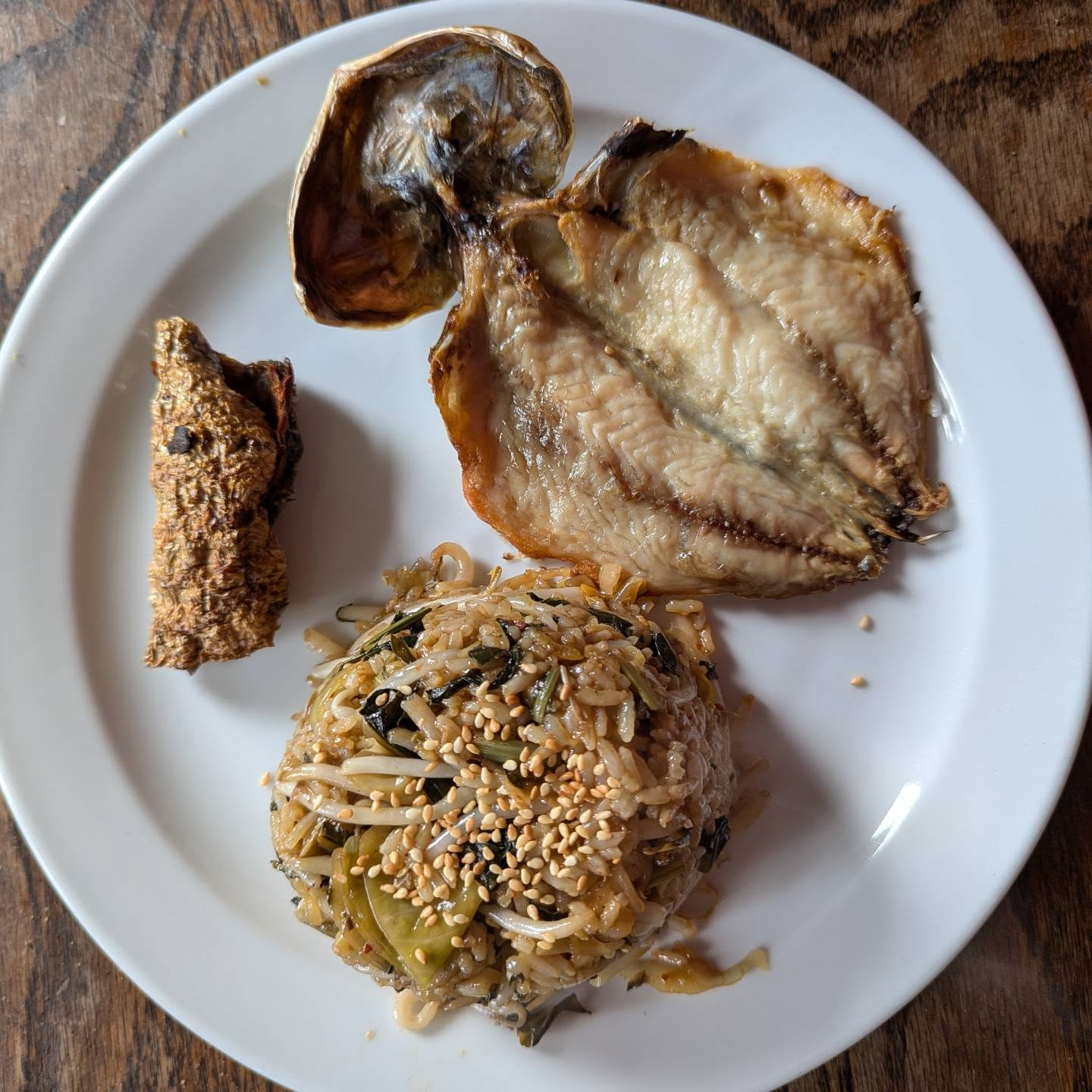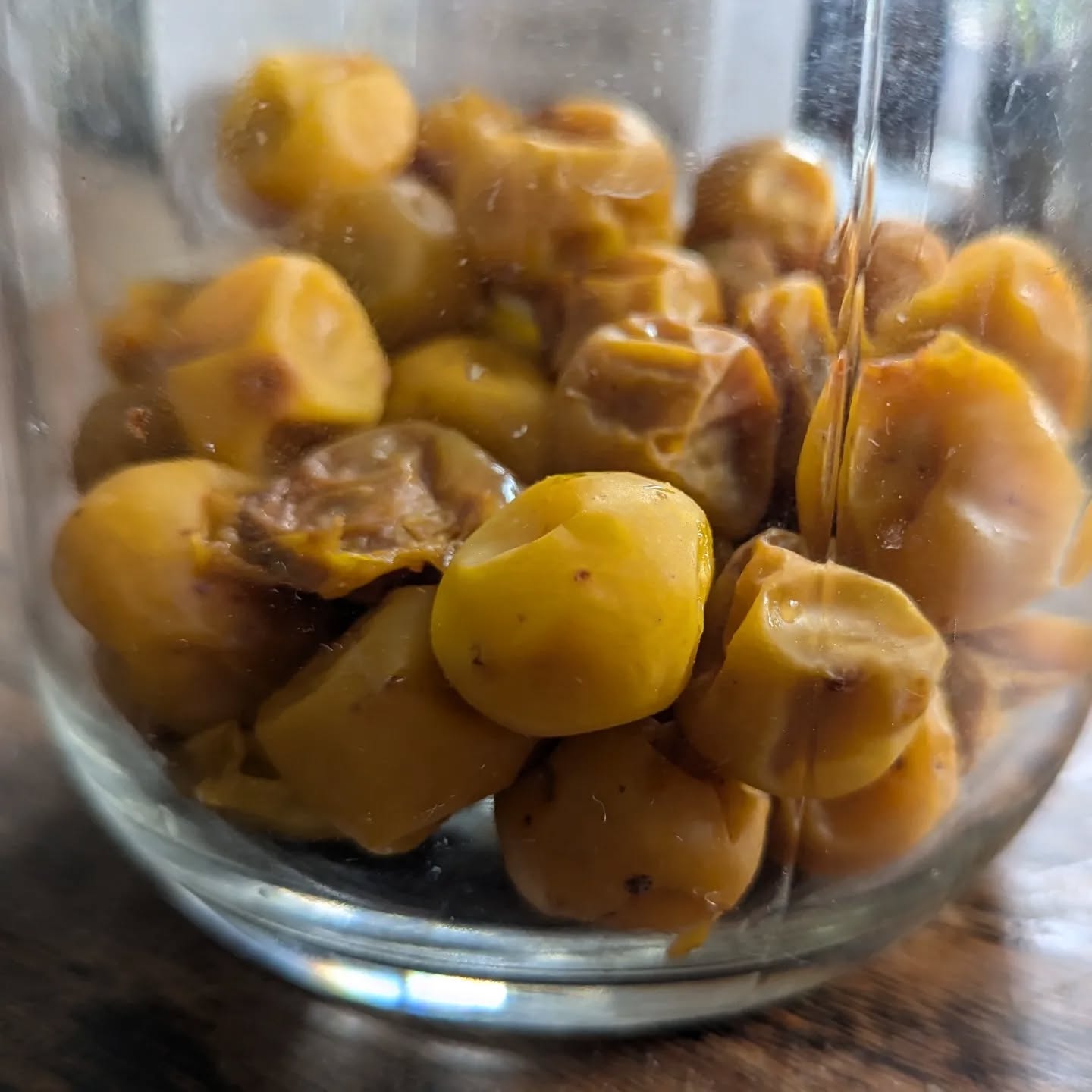· James Torr · Personal · 1 min read
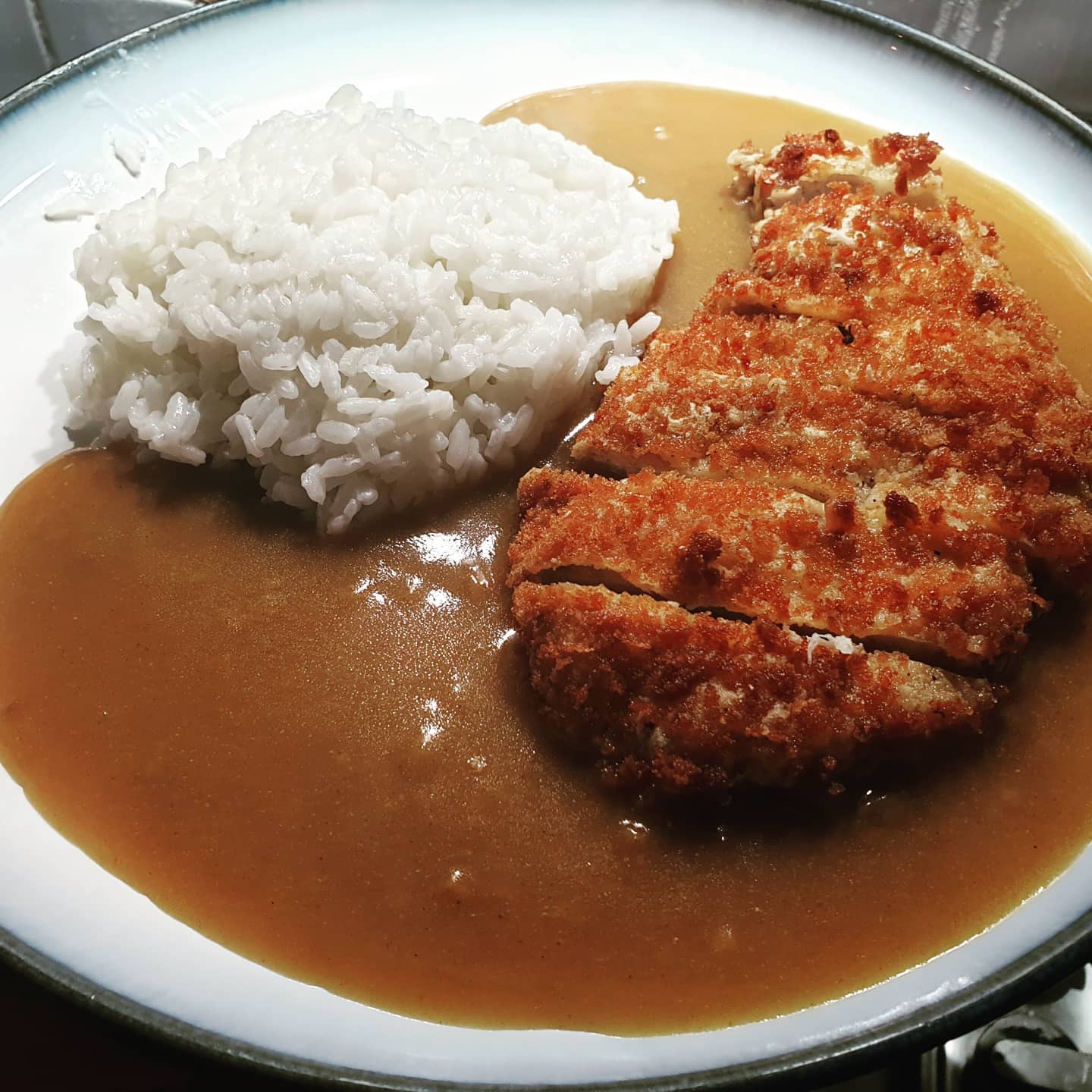
After an intense brewday (what could have gone wrong, went wrong), managed to find the strength to make some curry katsu.
After an intense brewday (what could have gone wrong, went wrong), managed to find the strength to make some curry katsu. Aside from the rather average pork loin, everything else was pretty damn tasty. Calrose rice, my first bag. Pretty good stuff. Medium grain, somewhere between long and short. Seems a bit less starchy then short grain. Super tasty. S&B Golden mild curry and home made panko breadcrumbs. 5 mins or so in 170C oil. Double dipped in flour and egg before going into the panko for extra crunch. Yum! Enjoyed this with a year old bottle of @wildbeerco Ninkasi, which is basically a tripel and a rather good one.
